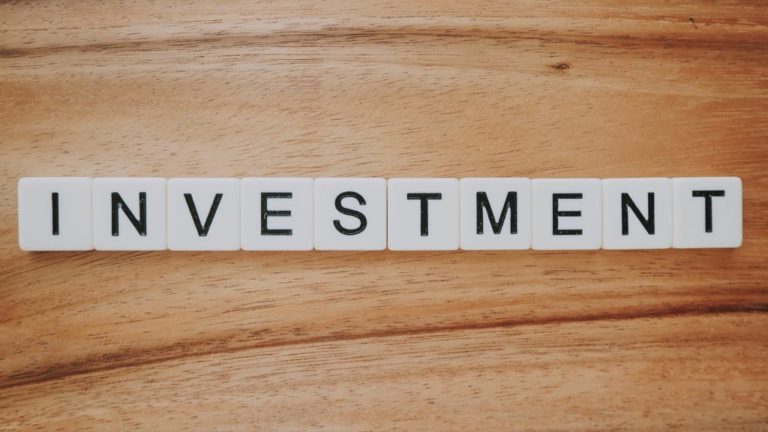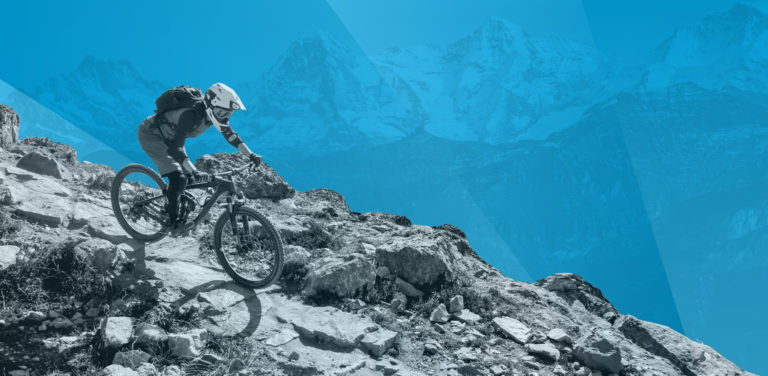With the Coronavirus pandemic encouraging so many to get out and peddle, it’s no secret that supply chains have become a unique challenge for IBDs across the country. That makes right now a great time to start optimizing your average transaction with the product you have on hand. Check below for some tips to get started…
But first...
A quick refresher on Average Transaction Value
ATV is the average price of items sold during a specific period of time. It’s calculated by dividing total revenue by the number of units sold.
ATV = Total Revenue / # of Units Sold

Staying on top of metrics like ATV is one of the best ways to realize steady, incremental improvement
Get to know Co-optics, The Bike Cooperative’s retail analytics tool
Learn about the members-only data tool that gives Bike Shops a streamlined solution to monitor and improve your sales metrics month over month.
Why price point evaluation is important
Do you offer a diversity of price points? Are there enough higher priced items to drive sales? Do you have the right spread of pricing options?
It is important to have the right selection of price points to ensure you don’t miss sales opportunities. Look at pricing by category to make sure you cover all price points. If you discontinue products, make sure you bring in similarly priced products to fill the holes whenever possible. Naturally, when supply chains become strained due to Tariffs or global pandemics – this can be challenging, and that’s when it pays the most to get creative.
Inventory low? Focus on the inventory you have available by doubling-down on efforts to bring loyal customers in to grab the accessories and add-ons that will help them tackle their next big ride.
Looking for ways to maximize your ATV potential? We’re recommending six tactics below to get you started…

Ask the customer the right questions
This is not about deceiving the customer. This is about listening and identifying a need based on customer feedback. Don’t just shove ideas at them. Ask what they’re looking for. Listen to what they say. Follow up. Then proceed to share product ideas. But don’t just recommend a single product; recommend an entire solution. Whether you’re selling bikes or bark mulch – accessories, tools, and service add-ons aren’t upsells. They’re good customer service.
Train Your Employees to Focus on High Ticket Items First
After determining what the customer is looking for, start providing options. But suggest higher ticket items first. As the customer responds, they may tell you they’re looking for something a little bit less expensive. Then move to lower priced items.
If you start the other way around, you’ll see more price resistance as your suggestions increase in price.
Prepare cheat sheets to help your sales team
Consider creating product or service recommendation cheat sheets for your employees. The cheat sheets could contain suggestions for some of the higher priced items in each product category, or margin-boosting tools like warranties or consumer financing. This will allow employees to practice focusing on higher price points and may drive up your average ticket price.
Offer your customers a financing option (like Freedom to Ride)
You’ll often see some price resistance to higher ticket items. But with more customers focused on holding onto their cash while simultaneously wanting to enjoy a new bike, consumer financing can be a big win (and an easy addition to your sales messaging). On average, customers are much more willing to spend more when it means paying in installments.
Need another reason? The average financed transaction with The Bike Cooperative’s Freedom to Ride program is over $1,400 and the average cardholder spends $545 more on average than your typical “big ticket” shopper.
Place high ticket items at the front of the Store
You want customers to walk in and instantly fall in love with a high ticket item. Make sure you are optimizing potential sales by highlighting your big ticket products. Place them front and center. They’re more likely to draw the customer into the store and may result in higher sales.
If you want to get detailed, do a price analysis by shelf location in your store. Set a targeted retail value for the products placed in the front. Set a dollar threshold for what can go in the window. Then place products accordingly.
Consider packaged deals / product bundles
One way to increase ATV and drive sales is through packaged deals and product bundling. Bundles offer customers a perceived savings and are often sold at a price lower than the sum of the bundled items. Sales treatment of a bundled product varies, but in some cases it boosts ATV because revenue increases while the number of units sold stays at one.
As you review your pricing strategy and analyze your price points, pay attention to your ATV and get creative! Use new sales techniques and focus on product placement to drive consistent improvement.






